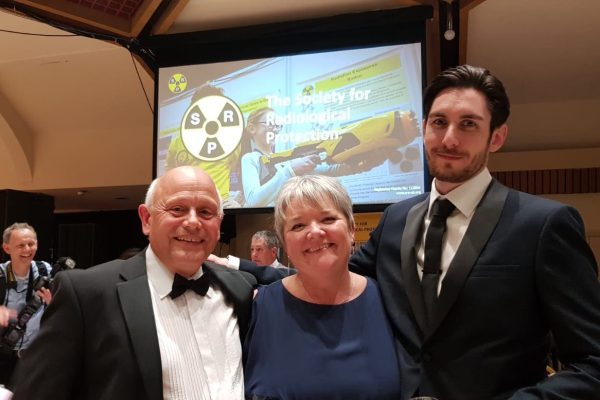Dental Cone Beam Computed Tomography (CBCT) is viewed – quite rightly – nowadays as an invaluable tool for dentists in areas such as treatment planning, implant dentistry, endodontics and aspects of periodontal assessment and current CBCT units can and do produce images with remarkable resolution and diagnostic information.
But this can come at the expense of increased radiation doses, so appropriate knowledge and training on the use of these units is of paramount importance. The latest edition of the FGDP publication Selection Criteria for Dental Radiography cautions that “as with all other radiological examinations, a justification for the exposure must be made ………, and the exposure should be reduced by limiting the field of view and maximising other exposure-reducing factors, while still producing a diagnostic image” (Page 106).
So who needs training, and in what areas, and to what level? Back in 2010 the Health Protection Agency (now Public Health England) produced guidance on the use of CBCT units (HPA-CRCE-010) and within this document a detailed theory and practical curriculum for Referrers, Practitioners and Operators (imaging and reporting) can be found in Appendix B, with reference to recommended minimum times in the training section of the document. This is still a good extensive guide to any employer wanting to look at a detailed breakdown of the essential areas for training of duty holders.
More recently however there does seem to have been a move toward the provision of training related to the European Academy of Dentomaxillofacial Radiology (EADMFR) concept of level 1 and level 2 courses for training in this area.
The level 1 course is a basic level with its learning outcomes aimed at those (including referrers) with a limited range of theoretical knowledge and radiological expertise in this area and they concentrate on areas such as selection criteria, CBCT technology and radiation protection, and basic principles of image interpretation. Level 2 is an advanced level for those practitioners justifying examinations and anyone who reports on CBCT images – and it is considered mandatory that these courses provide hands-on training on the use of software for optimising images and an in-depth knowledge of the interpretation of these examinations. Level 1 has to be undertaken before moving on to a level 2 course.
So if you are a referrer, practitioner or operator intending to operate in this area make sure that you are fulfilling the requirements for add-on training – and as an employer be aware that you are required to know that the these duty holders are appropriately trained.


